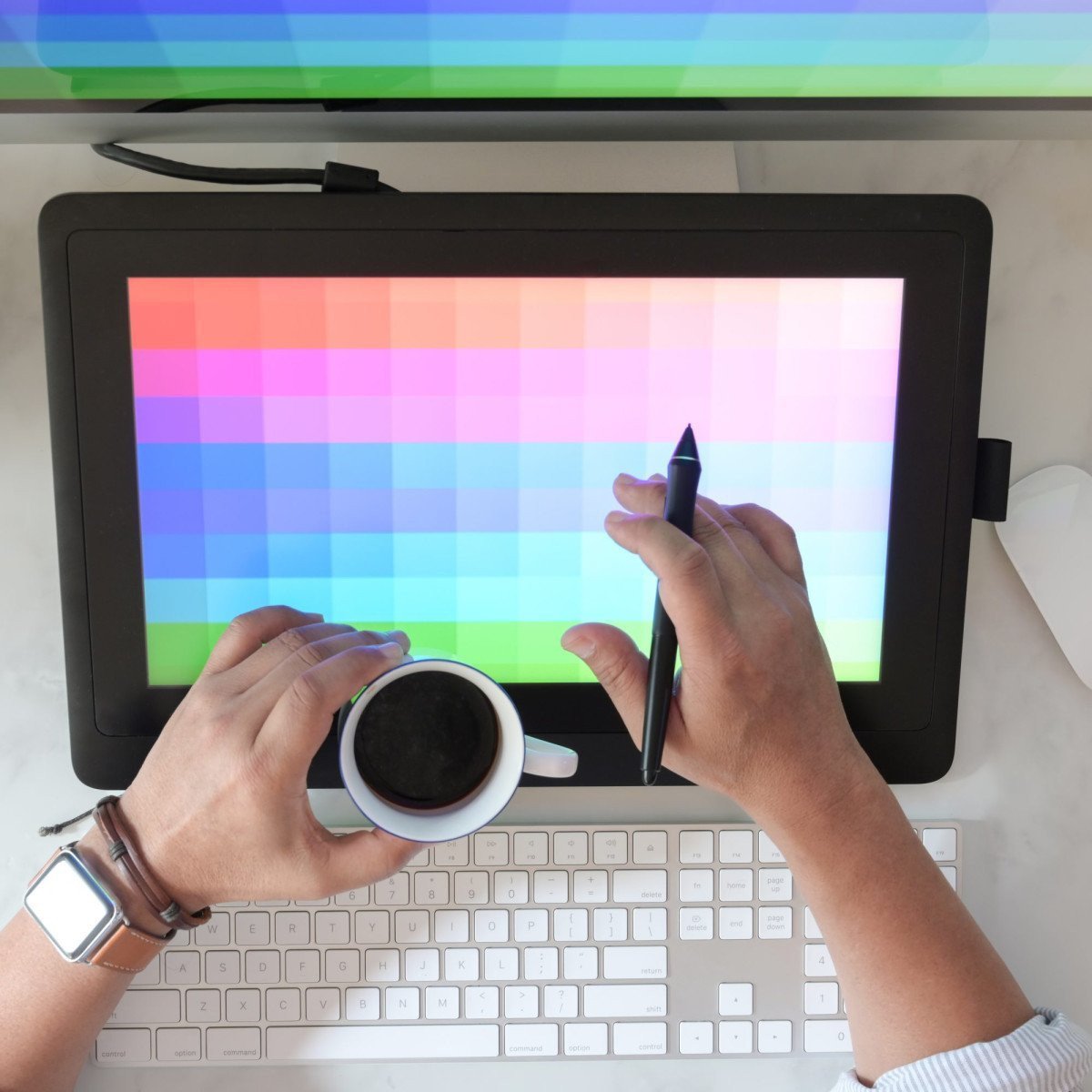Remember the thrill of getting your film roll developed? The anticipation mixed with uncertainty, not knowing whether you’d captured perfection or just another snapshot. Now, take that feeling and multiply it by ten. That’s the closest comparison to the first time you open a raw image file in Adobe Lightroom, peering at the untouched potential of an unprocessed digital photo. You might be wondering, what’s the big deal about raw conversion, why is it such a game changer? Let me tell you, my friend, it can mean the difference between a meh photo and a masterpiece.
A staggering 82% of professional photographers swear by raw conversion, and you’re about to discover why. Lightroom— industry-leading post-processing software—brings raw files to life, allowing you to preserve image data while unlocking extensive editing possibilities unavailable with traditional JPEGs.
But learning to effectively master raw conversion in Lightroom is much like learning a foreign language. Without a guide, you’re lost. So, imagine me as your friendly neighborhood linguist, here to translate the often-confusing jargon of ‘raw conversion’ into tangible tips you can apply.
First, let’s get our terms straight. A raw image file—think of it as a high-res photo julienne, a bundle of unprocessed picture information. Raw pictures lack in-camera processing, leaving all the decision-making to you during post-processing. In essence, it’s a bit like color grading your photos – something you might already be familiar with, if you’ve tried split toning in Lightroom.
Performing raw conversion in Lightroom transports you to the photo-land’s driving seat, offering a richer, more nuanced editing experience. But let’s be honest, it can be as overwhelming as trying to make sense of a flat-packed furniture manual. The plethora of sliders, spectrum of colors, shadows, highlights. It’s an orchestra waiting for the maestro. And that maestro is you. Scary, maybe. But exciting for sure. So, let’s delve into this together, shall we?
As we embark on our raw conversion journey, it’s essential to think of this process as laying the foundation for your house. Translated into photography terms, this involves correctly setting the white balance, managing your exposure, effectively dealing with highlights and shadows, and ensuring an accurate color rendition. Puzzled? Don’t be. These elementary steps are your best friends in mastering raw conversion.
Now, before you start fiddling with sliders and adjustments, remember to keep an eye on the histogram. This graphical representation of your image’s tonal distribution is Lightroom’s equivalent of a GPS, guiding you through the color and light landscape of your photo. Ignoring it is akin to blind-navigation
Adjusting the white balance in your raw photo can dramatically impact your image’s look and feel. Examine the scene, make the choice: Do you want a warmer, sun-kissed hue, or a colder, more restrained aesthetic? The rule of thumb? There’s no rule. It’s all about what serves your artistic vision best.
Next, take charge of your exposure. Under-exposed photo? Don’t panic. Raw images carry more information in the dark areas, which can be brought back to life with the exposure slider. Over-exposed? All’s not lost. Though a bit trickier to recover, bright areas can be reined in to taste using the highlight slider.
Now, the heart of this operation, color management. An accurate color rendition breathes life into your photograph, ensuring it appears as vivid on the screen as it was in your memory. However, take care to avoid over-saturation, which can render your image unnatural.
Mastering raw conversion in Lightroom might seem daunting at first, but with these tips in your arsenal, you’re well on your way to producing images like a pro. Have you ever thought of raw conversion as your gateway to visual poetry? Each raw image is a blank canvas; each slider, a stanza in your poem. Ready to write your masterpiece?


0 Comment